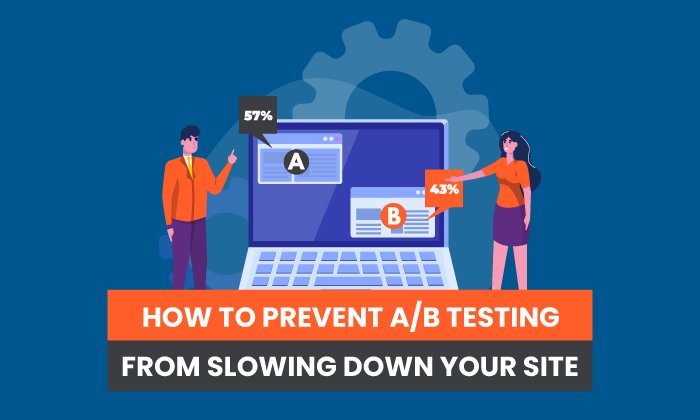MARKETING
3 Ways To Build Customer Loyalty During A Crisis
As we battle the current pandemic that is COVID-19, it’s important for marketers to keep their customers, or potential customers, at the forefront of their decision-making process. This might seem obvious so let me explain.
When I say, “keep the customer at the forefront of the decision-making process,” it isn’t just about the “put the customer first” or “the customer is always right” mindset. Instead, it’s about truly considering how the things going on in the world today are impacting the customer. This will differ from industry to industry.
Your brand might be in the higher education industry and potential students are worried if they’ll be able to start school in the fall and what that looks like. Your brand might be a retailer and your customers are worried about where their products are shipping from or how delayed their orders might be. Your brand might be a SaaS company and your customers are worried about going back to work soon and wondering what that looks like.
I do want to preface the rest of this post by saying that there’s a balance that has to be considered. Customers and prospects might be tired of seeing so much content surrounding the pandemic. Therefore, we need to be confident that any of the below strategies that we implement are going to improve the relationship between our brands and our customers, not harm it, and we want to bring a sense of calmness or relief, not fear.
Whether you’re able to advertise your brand during this difficult time or not, the three strategies we’ll discuss today are important for all businesses with an online presence. They will help your brand gain more customers, build loyalty, and increase the lifetime value of its customers.
1. Address The Crisis To Build Trust
Not addressing COVID-19 and the impact it’s having on your business could drastically affect users’ impression of your brand. Regardless of the industry that you’re in, COVID-19 is impacting it. If brands show their awareness of the pandemic and the impact on their business, users will have more trust and respect for the brand. See some excellent examples across varying industries simply addressing the impact, even if the impact is minor.
Education:
Retail:
2. Proactively Set Shipping Expectations
The longer people are forced to stay home, the more likely they are to shop online and the more they’re going to be okay with shopping online. It’s important that e-commerce/retail brands take this into consideration and proactively set expectations. As I mentioned earlier, it’s also important to alleviate uncertainty and instead ensure your customers feel their needs are addressed.
Some common shipping questions include:
- How quickly can I expect my items to arrive?
- Will shipping take longer than usual?
- What precautions are the shipping team taking to make sure our items go out safely?
Below are two examples I have come across in the last week:
3. Be Generous To Your Customers
Take time to consider how your brand can be generous to a user or customer now in order to create long-term value for your company. When you put the customer first instead of the business’s needs, you improve the customer relationship. This increases the likelihood that they continue to engage with your brand for the long-term. Here are just a couple of examples of brands making sacrifices so that customers have what they need while they’re staying at home in hopes that the brand may gain long-term customer loyalty.
SaaS:
This company is addressing all of the companies who are working remotely and need a way to keep their employees engaged, feeling heard, and moving forward.
Fitness:
After using quarantine to get myself active, I noticed Fitbit was extending their free trial period from 7 days to 90 days.
Final Thoughts
There’s a chance these three strategies may have seemed obvious to you, or maybe you’re already doing them. That’s great! Maybe you’re thinking, “Yes, we’ve done this and now we’re coming out on the other side and things are starting to open back up. Now what?” You need to consider your entire customer base. So many countries, and even states, are at many different stages of this pandemic and therefore, are being impacted differently. Considering your entire customer base will ensure your messaging addresses as many concerns as possible.
Maybe you’re actually using this time to put more effort into understanding your customers and improving your website. If that’s you and you’re devoting more time to CRO during a time where your business may be slow or your marketing efforts have been put on hold, I encourage you to check out our webinar, “Improve Your Website (And Sales) Immediately with CRO,” to see what best practices you can implement or improve on your website.
Everything covered in this blog is meant to help your brand better relate to customers. In doing so, you’ll increase the chances of gaining more customers, building loyalty, and increasing the lifetime value of these customers.









